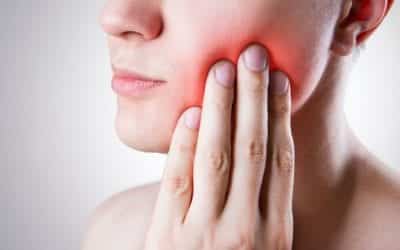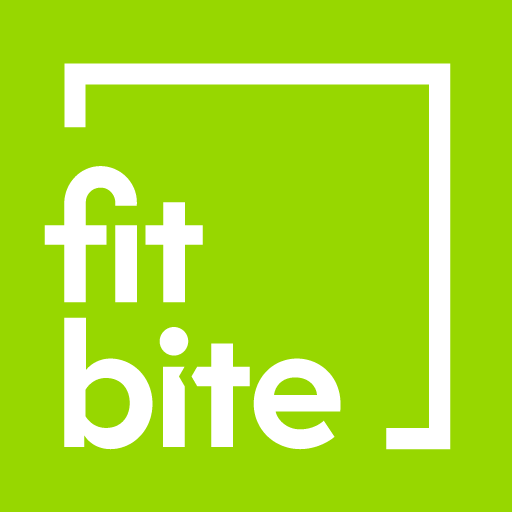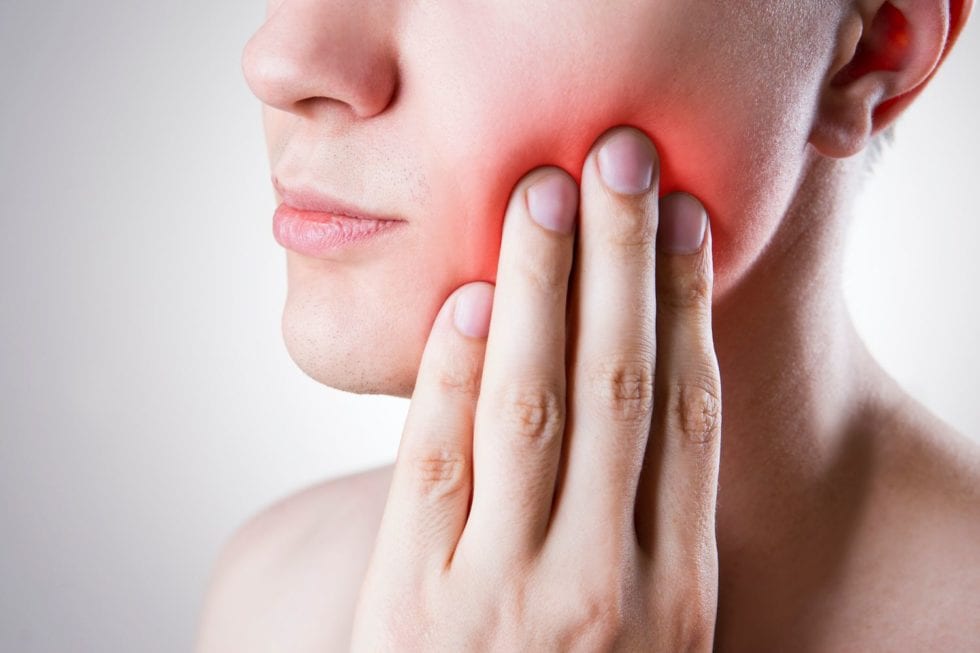Have you noticed that you’re waking up with headaches or pain in the face and jaw? These are signs that you may be suffering from a TMJ disorder. TMJ has many causes and many forms of treatment as well. One of those treatments is using orthodontics. Dr. Linda Hallman of FitBite Orthodontics, an orthodontist in Chevy Chase, MD, describes how we use orthodontics for TMJ treatment.
What is TMJ?
TMJ stands for the temporomandibular joint in your jaw. TMJ has also become a generalized term for TMJ disorders, consisting of issues that impact that joint. TMJ occurs when this joint isn’t functioning properly, straining the strong muscles that help you eat and speak. The tension in these muscles causes pain and may cause your jaw to be unable to function the way it should.
Causes of TMJ
TMJ can be caused by a number of different things. It’s important for us to find the underlying cause of your TMJ to help treat it properly. Orthodontics can help for most TMJ problems, but there may be some causes that it can’t treat. We want to make sure that you can get the relief you need.
TMJ can be caused by stress, which leads to clenching and grinding your teeth. It can also be caused by trauma to the jaw or jaw joint or abnormalities in your jaw structure. Crooked or crowded teeth can cause your bite to be misaligned. Malocclusion also plays a big part. This involves issues with your bite, like having an over or underbite, or a crossbite.
How Do I Know if I Have TMJ?
TMJ also can manifest in a lot of symptoms that you may not realize are caused by your jaw. Headaches, for example, aren’t something you normally look for as being caused by your teeth. But if you have recurring headaches that you often notice in the morning and aren’t reduced by over the counter painkillers, it’s like that you have TMJ.
Most commonly, you’ll experience pain in your jaw and other parts of your face. You may have trouble chewing or talking. Your jaw may lock up sometimes or start popping or clicking when it’s in use. Tension and pain may be felt down throughout your neck and shoulders. Pain may also be experienced in your ears as well.
Orthodontics for TMJ Treatment
Using orthodontics, we aim to position the jaw properly to ease these symptoms. The bite needs to come together in the right way. This is what will eliminate the strain on your jaw muscles and the pain that comes with it. With each patient, Dr. Hallman does a personalized evaluation to see how your bite comes together and learn about your symptoms.
Her personal evaluation will determine the best treatment method for you, as well as how long she expects treatment today. We offer orthodontic appliances, Invisalign, and multiple types of braces to meet your orthodontic needs and position your bite properly.
Your Orthodontist in Chevy Chase, Maryland
See what your orthodontist can do to ease your TMJ symptoms. Call us or schedule an appointment online.


